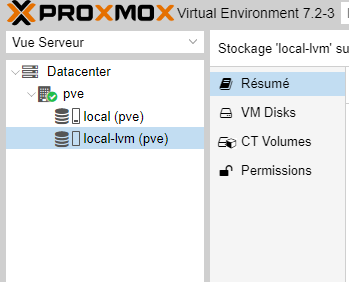HaProxy is a remarkable tool that notably allows for load balancing or reverse proxying. It’s this latter functionality we will be focusing on.
The goal is to make two different web servers accessible from the same IP address and port via two subdomains.
